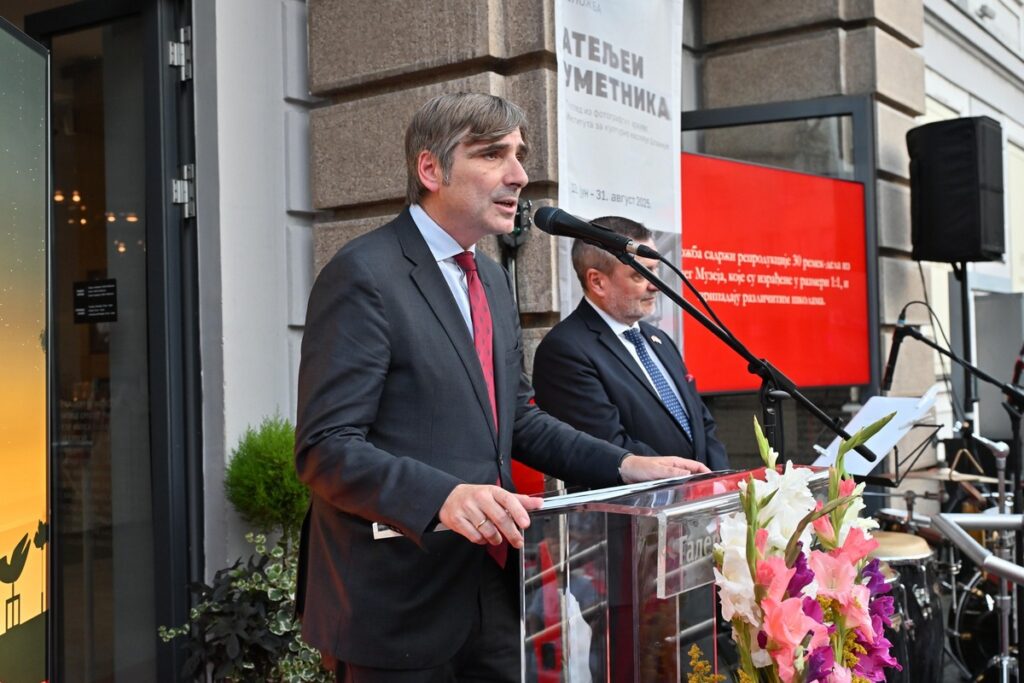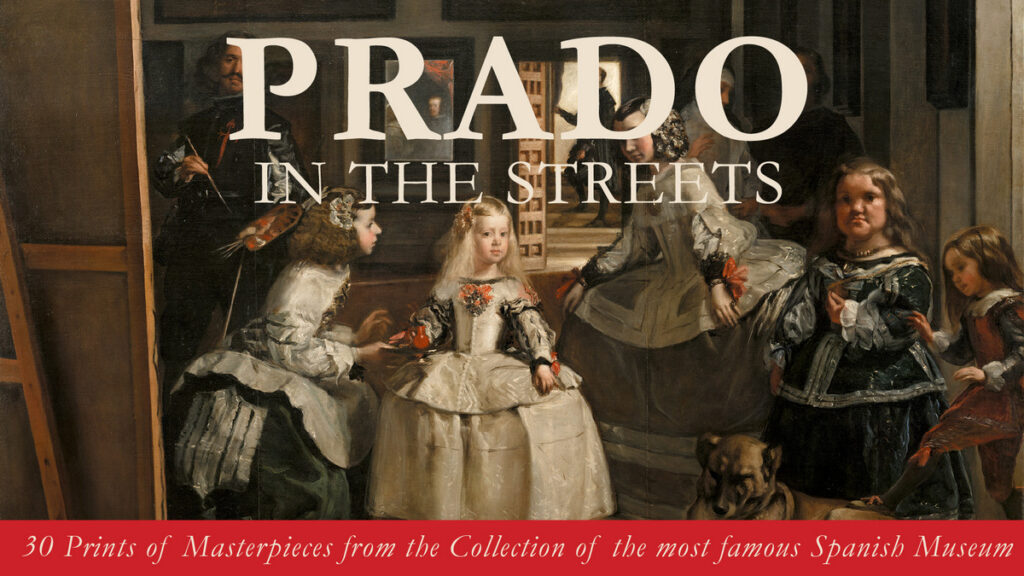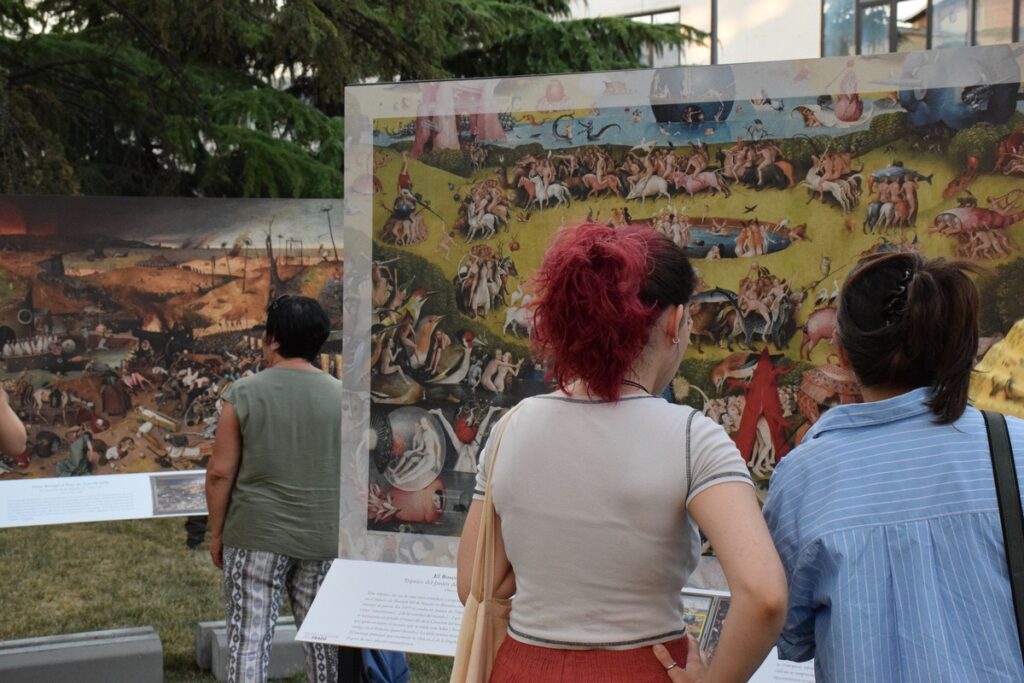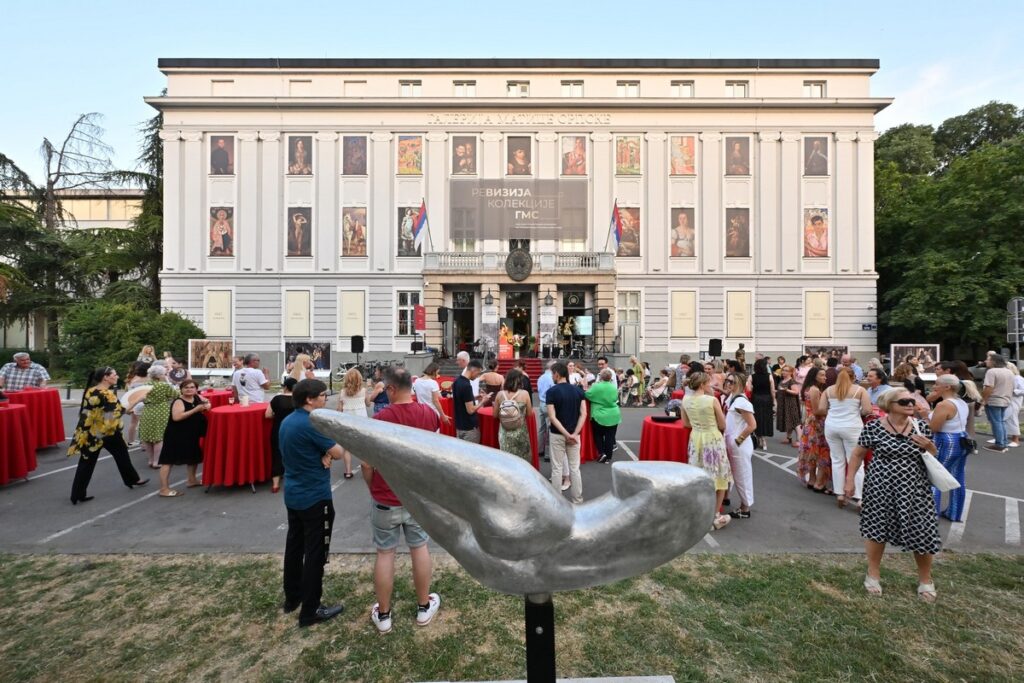Bringing the Prado’s Masterpieces Closer to the People Through a Unique Cultural Dialogue

On the occasion of the Prado Open-Air Exhibition in Novi Sad, organised by the Gallery of Matica Srpska, we spoke with Alfonso Palacio Álvarez, Deputy Director for Artistic Affairs at the Museo del Prado. This unique collaboration brings masterpieces from one of the world’s most renowned museums into the public space, offering Serbian audiences a rare opportunity to experience the Prado’s collection beyond the museum walls. In this interview, Mr Palacio Álvarez reflects on the power of art to connect cultures, the significance of this exhibition for the Prado’s international outreach, and the timeless relevance of the works now on display in the heart of Novi Sad

Mr Palacio, Novi Sad, and the Gallery of Matica Srpska are bringing a unique cultural event to the public — the Prado Open-Air Exhibition. How important is it, in your view, to take art beyond museum walls and into everyday urban spaces, especially in cities with such a strong cultural identity as Novi Sad?
For us, a project like El Prado in the streets is very important because it makes one of the great duties of an institution of this kind a reality: to bring art into contact with layers of society that, for whatever reason, are far from this kind of manifestation. Moreover, it is a very good way, in the specific case of the city of Novi Sad, for people who are unfamiliar with the Prado Museum, to get closer to some of its masterpieces through high-quality 1:1 scale reproductions.
The Prado Museum holds one of the most significant collections of Spanish and European art. What are the criteria for selecting the artworks presented as part of this international project, and how is the concept tailored for audiences in Serbia?
The selection criterion is the quality of the works and the diversity of the schools to which they belong, including Spanish, Italian, Flemish, French, German, and others. This is the key that has articulated the whole project for Serbia.
The Gallery of Matica Srpska is one of the most prominent cultural institutions in Serbia, boasting a long tradition of preserving the country’s national heritage. How do you see the importance of connecting institutions like the Prado Museum and the Gallery of Matica Srpska in fostering cultural dialogue between Spain and Serbia?
The connection between institutions is very important. And there is nothing better than doing it through art. The Gallery of Matica and the Prado Museum have made a first-class cultural alliance, which will certainly not be the first. It is also a way of bringing together two countries, such as Spain and Serbia, united by a shared interest in culture.

Initiatives such as Prado Open-Air provide access to art for people who may not have the opportunity to visit Madrid. Do you believe that encounters with masterpieces in this format can alter the way people perceive history and beauty, even among those without formal art knowledge?
I don’t think so. On the contrary, it is a way to prepare a better approach, which would be the contemplation of the works directly, in their original version, for which you have to travel to Madrid. However, this approach to presenting certain aspects of our collection consistently evokes interest and joy in people, regardless of their level of artistic knowledge.
Novi Sad recently held the title of European Capital of Culture, and Serbia is renowned for its rich artistic tradition, particularly in the fields of painting and iconography. Have you had the chance to discover Serbian art, and is there something that has particularly caught your attention?
Yes, during my visit to The Gallery of Matica Srpska with its director, Mrs. Tijana Palkovljević Bugarski, I saw Serbian art that greatly interested me. Especially certain representatives of the 20th-century art of your country. It seems to me that their formulations do not detract from those of the great Parisian avant-garde of the first decades of the twentieth century. I was surprised by its great interest and the high quality of some of the artists.
The Prado Museum is both a symbol of Spanish identity and a guardian of universal artistic heritage. How do you strike a balance between preserving tradition and embracing contemporary trends and global outreach through projects like this?

By means of a tight balance. We are a museum born in the 19th century, which gained its great momentum in the 20th century and is living its golden age in the 21st century. And it is to this society that we must respond. We are a museum that safeguards a great heritage. Still, at the same time, we know how to respond to the interests and concerns of our society, through our own collection and interaction with more contemporary manifestations.
Finally, what is your personal message to the people of Novi Sad and all those who will stroll through Trg Galerija and discover the remarkable works from the Prado’s collection?
Thank you very much for everything. Enjoy the exhibition, and don’t worry – we will continue to collaborate.
All Photos: Martin Candir